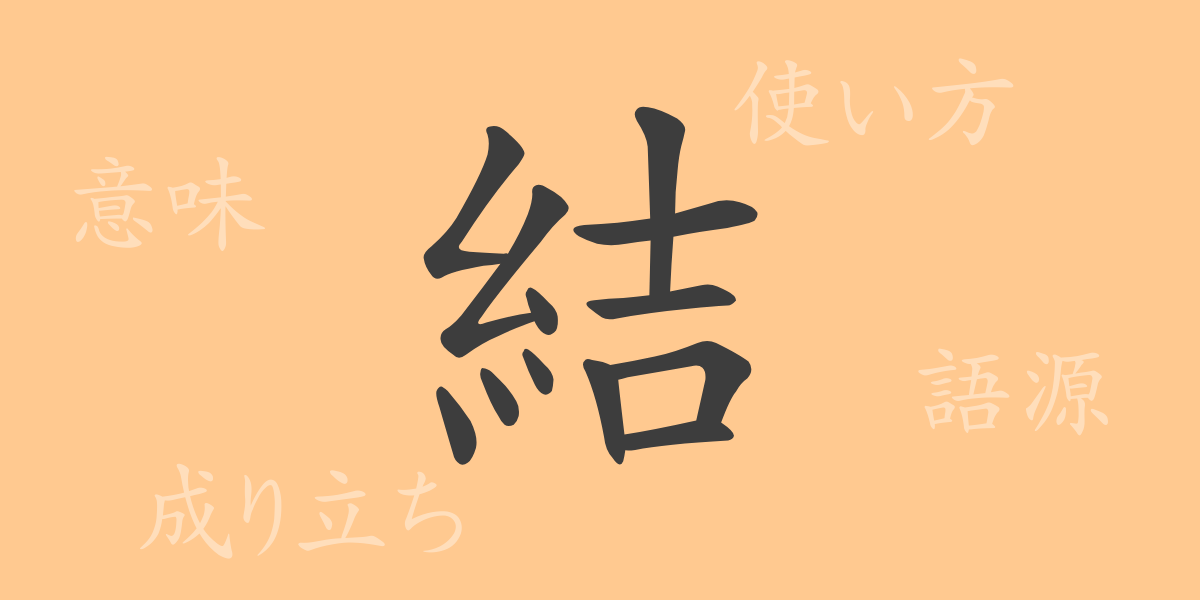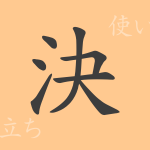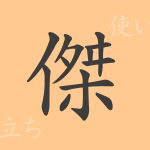The beauty of the Japanese language is reflected in its complex writing system. Kanji characters, in particular, carry profound meanings and histories. The kanji “結” (むすぶ, musubu) is used in various aspects of our daily lives, symbolizing multiple emotions and actions. This article explores the deep world of “結” (むすぶ, musubu), from its origins and usage to idioms and expressions.
The Origin of 結
The kanji “結” (むすぶ, musubu) developed from pictographs depicting the act of tying threads by hand. In ancient China, knots symbolized contracts and agreements, leading this kanji to mean “to tie” or “to connect.” Over time, “結” (むすぶ, musubu) came to represent not only the physical act of tying but also the abstract concepts of binding people’s hearts and destinies together.
Meaning and Usage of 結
The kanji “結” (むすぶ, musubu) is widely used to mean “to tie,” “result,” “conclusion,” and “connection.” In the word “結婚” (けっこん, kekkon), it signifies the union of two people in marriage, symbolizing social contracts and emotional bonds.
Readings, Stroke Count, and Radical of 結
“結” (むすぶ, musubu) is a fundamental kanji in the Japanese language, recognized for its form and meaning by many people.
- Readings: The on’yomi (音読み) reading is “ケツ” (けつ, ketsu), and the kun’yomi (訓読み) readings are “むす.ぶ” (musubu), “ゆ.う” (yuu), and “ゆ.わえる” (yuwaeru).
- Stroke count: “結” (むすぶ, musubu) has a total of 12 strokes.
- Radical: The radical is “糸” (いとへん, itohen).
Idioms, Proverbs, and Phrases Using 結
There are numerous idioms, proverbs, and phrases in Japanese that include “結” (むすぶ, musubu). For example, “結果” (けっか, kekka) means outcome or result, “結論” (けつろん, ketsuron) refers to the final opinion in a discussion, and “結婚” (けっこん, kekkon) denotes marriage. Additionally, “結束” (けっそく, kessoku) signifies unity or solidarity, and “結核” (けっかく, kekkaku) refers to the disease tuberculosis. These words all retain the fundamental meaning of “binding” or “connecting” in various contexts.
Conclusion About 結
The kanji “結” (むすぶ, musubu) is centered around the concept of binding or tying. It plays an essential role in linking people’s relationships, outcomes of events, and social unity. The rich meanings and uses of this single character demonstrate the broad expressive power of the Japanese language, adding depth and color to our words.

























